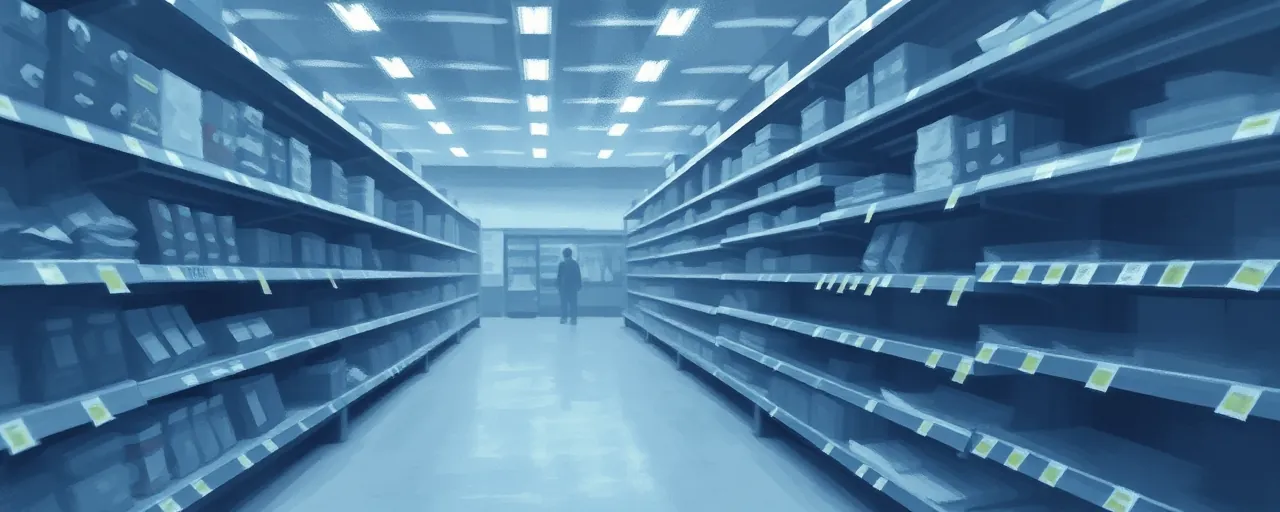A Sudden Shift in Prices
America’s economy delivered a surprise in March 2024, as consumer prices dipped for the first time in years. The Consumer Price Index, a key measure of inflation, fell by 0.1% from February, landing at an annual rate of 2.4%, the lowest since September. Economists had braced for a modest rise, making this drop a jolt to expectations. Energy costs, particularly gasoline, led the decline with a steep 6.3% tumble, while prescription drug prices also saw their sharpest monthly fall on record. For families juggling bills, the change feels tangible, a rare breather after years of climbing costs.
The news isn’t all rosy, though. Food prices edged up, with grocery staples ticking 0.1% higher and restaurant meals climbing 0.4%. Beef prices spiked due to tight supplies, a reminder that not every sector is cooling off. Still, airfare dropped 5.3%, and used car prices eased, offering relief to travelers and commuters alike. This patchwork of shifts has people asking: is this a fleeting dip or the start of something bigger?
Policy Moves in the Spotlight
Behind the numbers, the White House is rolling out ambitious plans. President Donald Trump has touted massive tax cuts, aiming to extend and expand the 2017 Tax Cuts and Jobs Act. Analysts estimate this could slash federal revenue by $4.5 trillion over a decade, lifting GDP by 1.1%, though only a fraction of the lost funds would bounce back through growth. Supporters argue it’ll juice investment and wages, pointing to past corporate tax reductions that sparked an 11% jump in business spending. Yet, skeptics warn the math doesn’t fully add up, leaving deficits to balloon unless spending takes a hit.
Deregulation is another big play. The administration’s push to scrap rules, including a '10 for 1' approach to cut red tape, targets energy, manufacturing, and finance. Historically, easing regulations has spurred competition and lowered costs, sometimes boosting GDP by over 2% in freer markets. Texas energy markets, for instance, saw prices swing wildly after deregulation, a double-edged sword of innovation and risk. Paired with tariffs on imports, these moves could lift domestic industries but nudge prices up later, a tension economists are watching closely.
Manufacturing’s Big Moment
Factories are humming again, fueled by a mix of tech and policy. Reshoring, or bringing production back home, has taken off since supply chain chaos during the pandemic. Laws like the CHIPS Act and Inflation Reduction Act are pouring funds into chips and clean energy, with industrial real estate demand projected to hit 25% by 2028. Automation and AI are supercharging efficiency, especially in electric vehicles and semiconductors. Places like Chicago and Phoenix are seeing new plants sprout, with construction spending soaring.
It’s not all smooth sailing. Aging roads and power grids groan under the strain, and finding skilled workers remains a headache. Still, the sector’s projected 4.2% revenue bump this year signals real momentum. For workers and towns tied to industry, it’s a lifeline, though questions linger about how long the boom can last and who’ll reap the rewards.
Weighing the Road Ahead
The price drop and policy shifts paint a complex picture. A 2.4% inflation rate feels like progress, especially with core inflation, stripping out volatile food and energy, growing at its slowest pace in four years. Families might see lower bills for gas and medicine soon, but tariffs looming on apparel and electronics could flip that script. The tax and deregulation bets hinge on growth outpacing the costs, a gamble with precedent but no guarantees.
For everyday people, it’s less about charts and more about what hits their wallets. A manufacturing job opening up nearby or a cheaper flight matters more than abstract GDP figures. As these policies unfold, the stakes are clear: they could reshape how Americans live and work, or leave them wrestling with familiar pressures in a new disguise.
